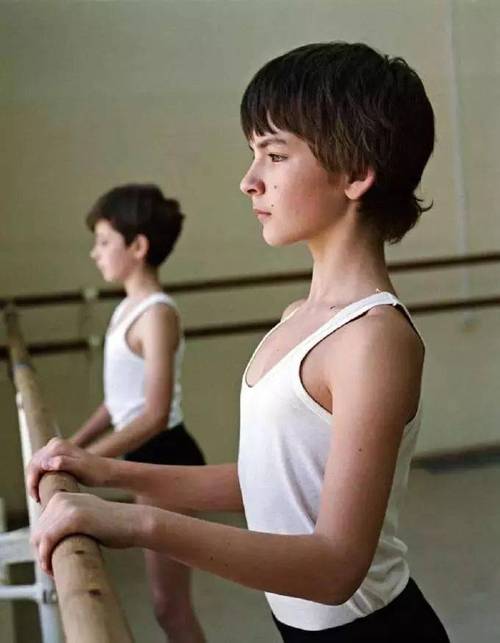The Importance of Breath Training in Dance
As a dance expert, I can provide you with insights on the significance of breath training in the art of dance. Breath training, often referred to as "breath work" or "breath management," is a crucial aspect of dance performance that is often overlooked by dancers and choreographers.
Breath control is essential for dancers to maintain proper technique, endurance, and emotional expression throughout their performances. Proper breath management can enhance a dancer's ability to control their movements, increase their stamina, and convey the intended emotional qualities of the dance.
In dance, breath is the foundation of movement. Dancers need to be aware of their breathing patterns and learn to control their breath to execute movements with precision and fluidity. Proper breath control can help dancers:
- Improve posture and core stability
- Enhance muscle control and coordination
- Increase stamina and endurance
- Manage performance anxiety and emotions
- Enhance the expressive quality of their movements

There are several breath training techniques that dancers can incorporate into their practice to improve their breath control and performance. Some of the most effective techniques include:
Integrating breath training into a dancer's regular practice can have a transformative impact on their performance. Dancers should dedicate time to specific breath training exercises, both during warmups and throughout their training sessions. Additionally, dancers should be mindful of their breathing patterns during rehearsals and performances, continuously refining their breath control to achieve optimal technical and expressive results.
By prioritizing breath training, dancers can unlock new levels of technical proficiency, emotional expression, and overall performance quality. As a dance expert, I highly recommend that all dancers, regardless of their level of experience, incorporate breath training into their regular practice to enhance their artistry and elevate their dance performances.








